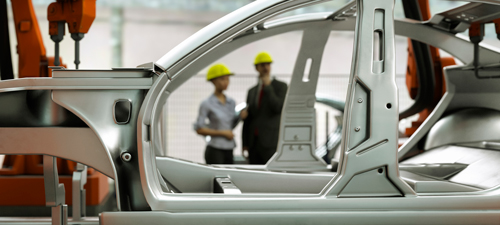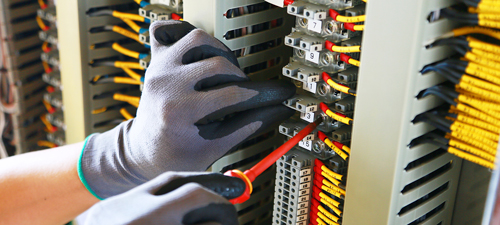As anyone who has gone through manufacturing before knows, injection molds are one of the most expensive investments you will make as you prepare to bring new products to market. An injection mold can easily cost upwards of tens to hundreds of thousands of dollars, depending on the complexity of the mold and the materials that are used to build it. It’s no surprise, then, that you really want your injection mold to last as long as possible. So how long can you expect your mold to last? And what can you do to ensure its longevity?
How Injection Mold Lifespan is Measured
The lifetime of an injection mold is measured in its expected number of production cycles, that is, how many times the mold is used to create a part. So in essence, a production cycle directly correlates to the number of parts an injection mold will be able to produce in its lifetime.
The SPI (Society of the Plastics Industry) classifies injection molds based on their life expectancy:
- Class 101 – Life expectancy of +1,000,000 cycles. These are the most expensive injection molds.
- Class 102 – Life expectancy not to exceed 1,000,000 cycles
- Class 103 – Life expectancy under 500,000 cycles
- Class 104 – Life expectancy less than 100,000 cycles
- Class 105 – Life expectancy less than 500. This classification is for prototype molds and these molds are the least expensive.
Ok. So How Long Will My Injection Mold Last?
Just as with human beings and the stock market, there’s no real way to predict exactly how many production cycles a mold will last. There are always surprises, even when you have a well designed and maintained mold. That being said, you should be able to get an estimated lifespan based on several factors.
Factors that Affect the Longevity of Your Injection Mold
- Operating Conditions – The conditions your injection mold operates in definitely have a corresponding effect on the lifespan of your mold. Will the mold be used in dirty or harsh environmental conditions? It can take a toll on your mold.
- Time between production runs – In general, the less time between runs the shorter the lifespan of your mold will be. The result of less time between runs is that molds may be less likely to get full mold maintenance between each cycle.
- Cycle times – Longer, slower cycle times can be less taxing on your molds, which in turn may help them last longer. The length of your cycle time is largely dependent on elements of your design, including wall thickness, as well as design complexity.
- Injection mold material – The materials used to create your mold will also play a role in its longevity. Aluminum molds, for instance, won’t last as long as their steel counterparts. The materials being molded also play a role in longevity, as some materials will be harder on molds than others.
The Importance of Proper Injection Mold Maintenance
We cannot stress enough the importance of proper injection mold maintenance. Proper maintenance is crucial to extending the life of your mold. That’s why here at KASO, all molds receive full mold maintenance between every production run. That includes stripping, cleaning, and preventative maintenance, plus a full injection mold inspection. We also offer tool modification to correct any flaws that might have been discovered during inspection.
Are you looking for new ways to ensure the longevity of your molds? Talk to the experts at KASO Plastics to learn more.








 Molding services for Agricultural customers
Molding services for Agricultural customers